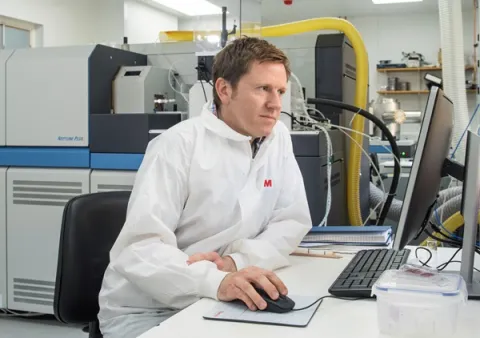Project overview
Giant clams are unusually large bivalves reaching up to 1m across, found in tropical coral reef environments. Like the corals that build the reefs, giant clams have symbiotic algae in their flesh that are the secret to their accelerated growth and large size. But unlike corals, little research has been conducted into how giant clams will react to the warming and acidification crisis currently facing the oceans, both occurring as a result of anthropogenic increases in the acidic greenhouse gas carbon dioxide. Because the algae they host are key to their success, the sensitivity of these algae to environmental change will greatly influence and potentially control the impact of climate change on this important species. Here we will exploit recent methodological advances in mass spectrometry to reveal the record of internal pH (acidity) encoded in the boron isotopic composition of their shells. Previous research has shown that the algae increase the internal pH of the clams to aid shell formation. By reading the record of boron isotopes in each growth line of the clams’ shells, we can produce a diary of how active the algae were in the clams’ bodies through their life time. This would represent the first-ever record of photosynthetic health in the clams, providing a new tool to study how giant clams responded to past climate change and elucidating how they will fare in the increasingly warm and acidic oceans of the future.
